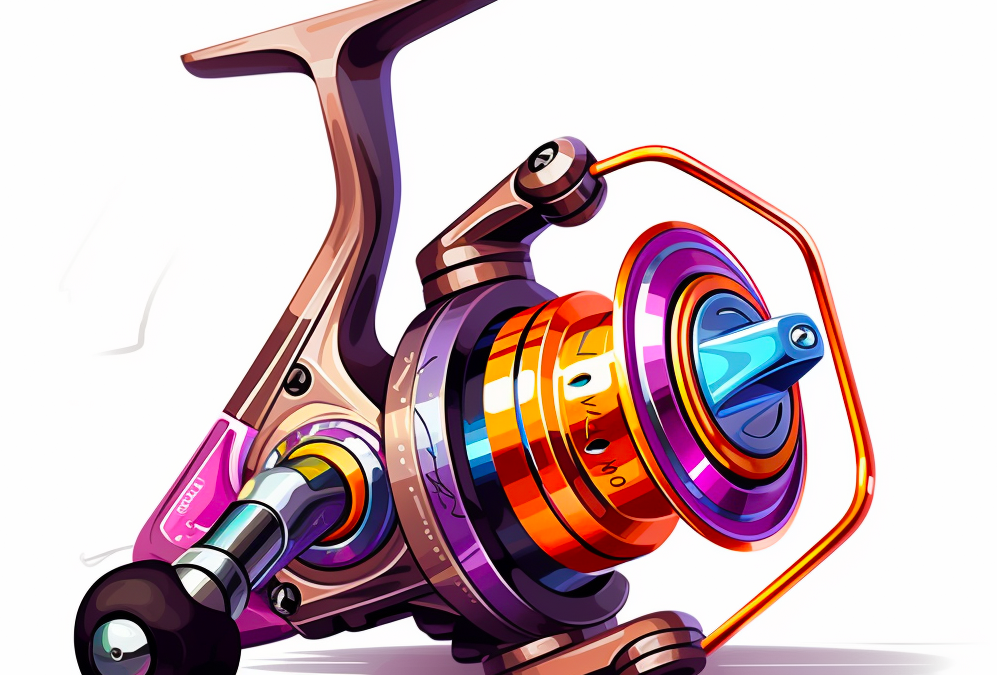Largemouth bass fishing is one of the most popular and rewarding hobbies for many anglers. Whether you’re a beginner or an experienced angler, knowing the right techniques, gear, and habitat can make the difference between a successful and unsuccessful fishing trip. In this article, we’ll provide some expert tips for largemouth bass fishing to help you hone your skills and improve your chances of catching this elusive fish.
Understanding Largemouth Bass Habitat
Knowing the right habitat is essential to finding largemouth bass. These fish are frequently found in lakes, ponds, and rivers, where there is a combination of clear and murky water with plants, trees, and logs that provide cover. Largemouth bass prefer largemouth lakes, which are characterized by deep pockets, rocky ledges, submerged logs, and other underwater structures. Additionally, they prefer water temperatures above 60 degrees Fahrenheit, so warm water lakes and ponds are ideal habitats for these fish.
While largemouth bass are found across almost all of the United States and Canada, they thrive particularly well in the South. In the southeastern United States, there are many good lakes, ponds, and rivers where you can find largemouth bass, including Lake Guntersville in Alabama, Lake Seminole in Georgia, and Lake Fork in Texas. Other areas with abundant largemouth bass include the California Delta, Potomac River, and Lake St. Clair in Michigan.
Essential Gear for Bass Fishing
To catch largemouth bass, you need the right gear. As a beginner, you should invest in a quality fishing rod and reel, which are the essential equipment. A medium to medium-heavy fishing rod is ideal for bass fishing. It should be at least 6 to 7 feet long to provide enough casting distance and power when fighting a fish. A spinning reel is easier to use for beginners, but more advanced anglers tend to prefer baitcasting reels for more precise casting.
When it comes to fishing lines and lures, there is a wide variety to choose from. A braided or monofilament fishing line is ideal for bass fishing because of its sensitivity, strength, and abrasion resistance. Bass fishing lures come in numerous shapes, sizes, and colors, but some of the most popular ones include topwater lures, crankbaits, spinnerbaits, swim jigs, and soft plastics.
Learn more about choosing a bass fishing rod here:
Popular Bass Fishing Techniques
Bass fishing techniques vary depending on the type of lure you use, weather, and water conditions. However, some of the most effective techniques for catching largemouth bass include topwater fishing, deep trolling and crankbait fishing, spinnerbaits, swim jigs, and soft plastic fishing.
Topwater fishing is a popular technique that involves using surface baits, such as Popper, Buzzbait, and Frog, to entice largemouth bass to bite. This technique works particularly well in early morning or late evening when the fish are most active. Deep trolling and crankbait fishing is another effective technique that involves using deep-diving crankbaits or jigs to locate and hook fish that are deeper in the water column. Spinnerbaits and swim jigs are versatile lures that work well in both shallow and deep water and are effective at imitating baitfish. Finally, soft plastics are a popular and effective technique for imitating crawfish, worm, or baitfish.
Learn More About Catching Bass In The Pre-Spawn
Catch-and-Release Techniques for Largemouth Bass
It’s crucial to practice responsible fishing techniques to preserve bass populations. Catch-and-release is one of the best ways to ensure that the fish population remains healthy. If you catch and release largemouth bass, it’s important to handle them carefully to reduce harm and stress. Fish that are caught and not handled properly can die after being released into the water.
When you catch a fish, use a pair of forceps or pliers to remove the hook gently. If the fish is hooked deeply, cut the line near the hook, avoid pulling the hook out of the fish, and let it swim away. Before releasing the fish, hold it in the water for a few seconds to let it recover from the stress of being caught and handled. Once the fish starts to move and struggle, release it back into the water.
Conservation of Bass Habitat
It’s important to remember that conserving the environment and fish habitats is crucial to promoting healthy bass populations. One of the ways to protect and preserve the environment is to practice ethical and responsible fishing practices.
Avoid throwing trash and litter into lakes and ponds and be careful not to disturb the vegetation and environment. Do not harm the habitat of other animals, including birds, turtles, and other fish, when fishing for largemouth bass. Participate in community efforts to protect natural resources, fishery habitats, and wildlife.
Conclusion
Largemouth bass fishing is a thrill for millions of anglers across the country. It can be a challenging sport, but with the right techniques, gear, knowledge, and habitat, fishing for largemouth bass can also be an exhilarating experience. Understanding the right techniques, gear, habitat, catch-and-release, and conservation practices is essential for successful and responsible bass fishing, regardless of whether you’re a beginner or an advanced angler.

